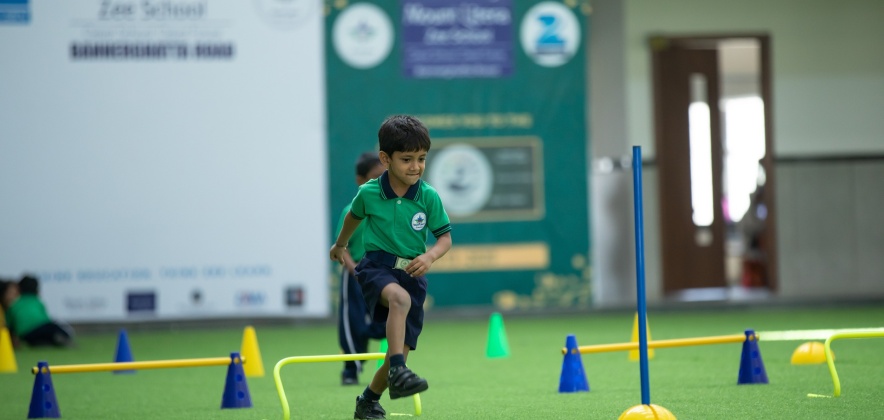
After a long regulatory process, the educational offer of motor and sports education in the Italian primary school is enriched, thanks to the inclusion of the Sport Sciences specialized teacher with the intention of enhancing corporeity in its multiple expressions as a personal right and cognitive learning tool. All the Teachers, in co-designing perspective, have the important task of planning collaborative, immersive, authentic and laboratory learning environments, qualifying the teaching-learning processes respecting the potential and peculiarities of each one. The new 2018 scenarios define Physical Education as one of the "hinge" disciplines between the fields of science, communication and expression, relationships and citizenship, emphasizing the need to frame the discipline according to an educational approach that can enhance the symbolic and cultural value of the body. Considering the new educational perspectives that have emerged in recent decades based on scientific evidence in the field of cognitive neuroscience, this paper aims to critically analyse the thematic cores, developmental goals and learning objectives of physical education in the 2012 National guidelines for the Curriculum. Through a comparative approach, some strengths of the most internationally virtuous curricula will be highlighted to reflect on the need for a revision of the Italian national guidelines. A renewal that can really break the vertical linearity of individual disciplinary epistemologies and that moving away from a technical/performative conception can instead move toward a transversality of the body in learning processes.
 Classified "A" by ANVUR in the fields 11/D1, 11/D2 Scientific in the field 14.
Classified "A" by ANVUR in the fields 11/D1, 11/D2 Scientific in the field 14.

